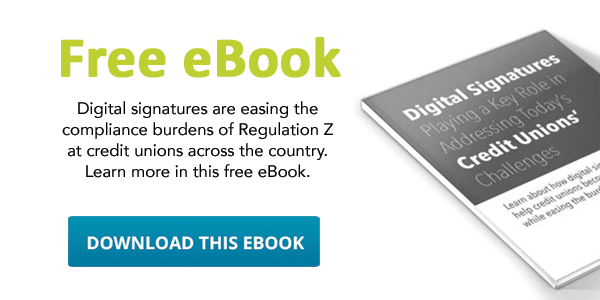It’s been over a decade since its inception, and the Net Promoter Score (NPS) remains an extremely popular measurement of customer loyalty. Successful companies like Apple and USAA swear by it. But it also has its critics.
 Let’s take a quick look at the basics of NPS, including its benefits and potential drawbacks. Then, let’s use the best features of NPS, in tandem with several other methods, to customize a loyalty assessment for credit unions that will be straightforward, affordable, and highly effective.
Let’s take a quick look at the basics of NPS, including its benefits and potential drawbacks. Then, let’s use the best features of NPS, in tandem with several other methods, to customize a loyalty assessment for credit unions that will be straightforward, affordable, and highly effective.
NPS is obtained by asking one survey question: How likely is it that you would recommend (company name) to a friend or colleague? Responses are given on a scale of 0 (not at all likely) to 10 (extremely likely). Based on their responses, survey participants are classified as Promoters (score 9 – 10), Passives (score 7 – 8), or Detractors (score 0 – 6). NPS is calculated by subtracting the percentage of Detractors from the percentage of Promoters. Scores greater than 0% are considered positive, and those of 50% or higher are deemed excellent. Obviously, the goal of NPS is to reduce detractors, move passives to become promoters, and energize promoters to even higher levels of loyalty.
In a nutshell, the benefits of NPS are that it is easy to understand; it can help create a customer-centric culture; it is a valuable benchmark; and, when implemented correctly, it can propel customer loyalty and thus organizational growth. And the possible negatives of NPS? It’s been noted that some products are unlikely to be discussed, much less recommended (think toilet paper and copy paper). Fortunately, our members are probably more likely than the average to discuss and recommend their credit unions. Another caution regarding NPS is that, considered by itself, it is not a particularly actionable metric. What if you get a good or bad NPS? Actual reasons for your score are not identified so what can you do about it?
Taking what we know about NPS, how would we design the optimal member loyalty measurement for credit unions? I think it would be best to lead off with the standard NPS question. Now it would read: How likely is it that you would recommend (your credit union) to a friend or colleague?
That gives us the starting point. But we must dig deeper. We could go on to ask respondents to explain, in their own words, the reasons for their NPS rating. This could tell us specifically why a detractor is unhappy or what exactly makes a promoter enthusiastic and willing to refer. Next, we might pose some questions to see what factors most powerfully affect loyalty. Using correlation analysis on the results of these questions, we might discover that courtesy clearly is the greatest driver of loyalty, followed at a distant second by soundness of funds, then convenience of location.
You can readily see the operational value of obtaining this kind of information. Next, it would be worthwhile to include some brief demographic questions to create profiles of “typical” detractors, passives, and promoters. That is, what trends might we find for each group in terms of age, income, residential ZIP code, branch used most often, etc. To wind up the survey, a final open-ended question might be in order, such as: In conclusion,what can we do improve our service to you? We should never underestimate the nuggets of truth that may be found in verbatim responses.
So, we’ve now constructed a loyalty assessment tool that employs Net Promoter Score as its underpinning, with additional questions to add strength and to compensate for the potential weaknesses of NPS as a stand-alone measurement. The result of our efforts is an instrument that is easy to understand, cost-effective, and capable of obtaining invaluable data from members.
How well do you know your members? The ground work for discovering how the credit union fits into your members’ financial picture is to ask them, through research surveys and focus groups. Here at Cornerstone League we can help you in that discovery. Ask how you can improve your member retention and loyalty. Doug Foister or Rick Grady are both available to help in that process. Visit the website Research Department to find out more information.
By Doug Foister, Director of Research, Cornerstone Credit Union League
%20formatted-1.png?width=2528&height=739&name=SIGNiX%20Logo%20Main%20(white)%20formatted-1.png)


